As MMA continues to grow, California, like many states, is still coming to grips with how to protect fighters through regulation. Gym licensing, formal tryouts to obtain professional licenses and a nascent amateur system are among the efforts being made to fill the void.
However, that void is precisely where many fighters operated before 2006, when the state legally sanctioned the sport, and it lingers to this day in the form of underground “smokers” and unlicensed fights. Roughly defined and with expectedly hazy guidelines, a smoker is essentially any unsanctioned combat competition which fits the definition of what should be a state-sanctioned fight, particularly if admission is charged.
With new gyms and promotions materializing en masse and MMA business booming, California is attempting to steer the bull by the horns and get the sport on track. Four years into its legalization, there are still loose ends to be addressed, and the California State Athletic Commission is tackling the challenge on numerous fronts.
MMA gyms are now being solicited for a $100 annual licensing fee, a move the CSAC believes will help legitimize gyms and give the state leverage should these facilities hold unregulated events. It is also intended to help aspiring fighters recognize which facilities are state-sanctioned.
“The licensing fee is now mandatory, but we’re not going to say, ‘Hey, you have to pay this or else.’ One of the things we believe it will cut down on are smokers,” CSAC inspector Sarah Waklee said at the commission’s Dec. 2 meeting. “We know people say they can go underground, but we have a lot of people who e-mail us anonymously about smokers. We’re hoping by having gym licenses that the gym will feel more empowered. We know a fighter will feel more empowered if it’s licensed. And there’s a lot more we can help the gym with.”
In early 2011, CSAC officials will begin a statewide push to publicize the licensing drive, with gyms given 60 to 90 days to comply. With licensing, gyms will also be required to report any knockouts which occur during training.
Read entire article: http://www.sherdog.com/news/news/CSA...-Smokers-29248
However, that void is precisely where many fighters operated before 2006, when the state legally sanctioned the sport, and it lingers to this day in the form of underground “smokers” and unlicensed fights. Roughly defined and with expectedly hazy guidelines, a smoker is essentially any unsanctioned combat competition which fits the definition of what should be a state-sanctioned fight, particularly if admission is charged.
With new gyms and promotions materializing en masse and MMA business booming, California is attempting to steer the bull by the horns and get the sport on track. Four years into its legalization, there are still loose ends to be addressed, and the California State Athletic Commission is tackling the challenge on numerous fronts.
MMA gyms are now being solicited for a $100 annual licensing fee, a move the CSAC believes will help legitimize gyms and give the state leverage should these facilities hold unregulated events. It is also intended to help aspiring fighters recognize which facilities are state-sanctioned.
“The licensing fee is now mandatory, but we’re not going to say, ‘Hey, you have to pay this or else.’ One of the things we believe it will cut down on are smokers,” CSAC inspector Sarah Waklee said at the commission’s Dec. 2 meeting. “We know people say they can go underground, but we have a lot of people who e-mail us anonymously about smokers. We’re hoping by having gym licenses that the gym will feel more empowered. We know a fighter will feel more empowered if it’s licensed. And there’s a lot more we can help the gym with.”
In early 2011, CSAC officials will begin a statewide push to publicize the licensing drive, with gyms given 60 to 90 days to comply. With licensing, gyms will also be required to report any knockouts which occur during training.
Read entire article: http://www.sherdog.com/news/news/CSA...-Smokers-29248


 Reply With Quote
Reply With Quote

